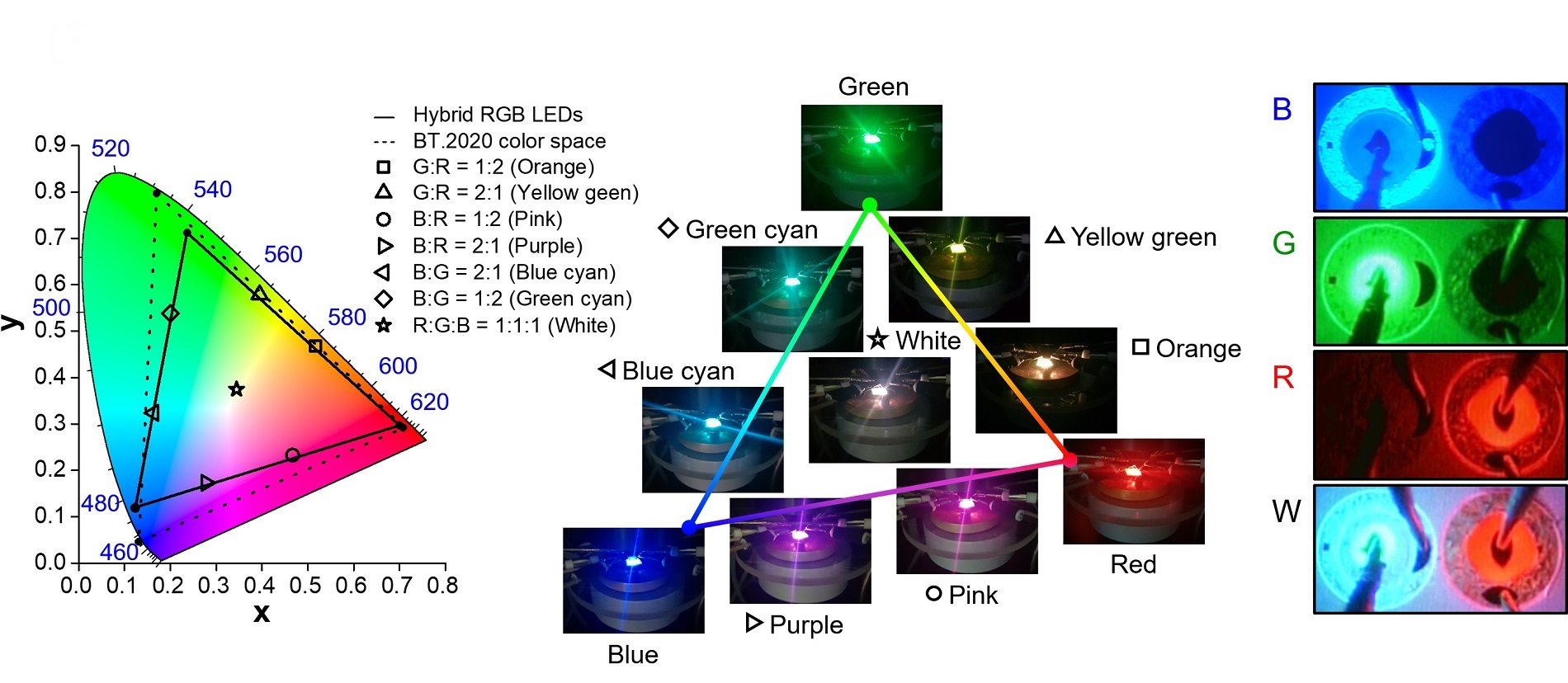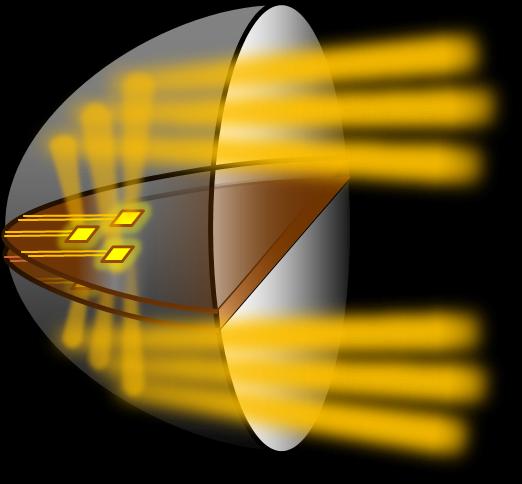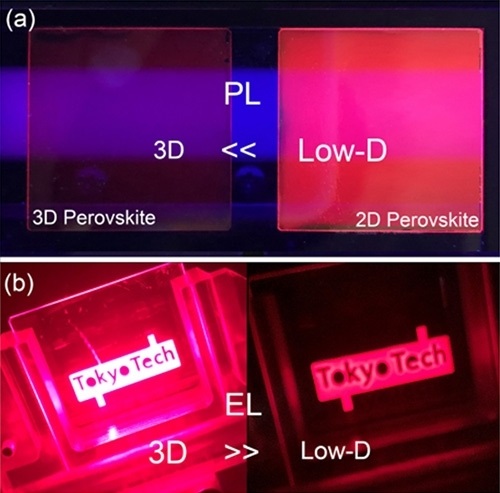2018.10.23
GIST (President Seung Hyeon Moon) – A research team leb by Professor Dong-Seon Lee of the School of Electrical Engineering and Computer Science has succeeded in developing new micro LED technology for ultra-high resolution displays by integrating highefficiency, RGB, and inorganic LEDs on a single wafer.
Realizing full color with existing mini LED * technology involves separating three red, green, and blue LED wafers into chips and arranging them horizontally. However, because mini LEDs contain thick substrates of several hundred micrometers, there is a technical limit to reducing the size to below 100 μm (micrometers, a unit of length equivalent to one-millionth of a meter).
To overcome the technical limitations of these mini LEDs, the display industry has recently adopted a thin-film LED transfer method in which the substrate for growth is removed, and the display industry is working to develop TVs and smartwatches.
However, according to Yole Dévellation of France, a market research organization, this thin film transfer method still has limitations for use in ultra high resolution applications such as VR/AR due to transfer head * size limitations and mechanical alignment accuracy.
Professor Dong-Seon Lee's research team showed that it is possible to implement ultra-high resolution without using the transfer head.
The fabricated high-efficiency RGB LED was implemented using growth and bonding technology using MOCVD * and was confirmed to be integrated on a single wafer without any structural defects. In addition, the developed device realized a very wide color space of up to 80% of BT.2020 **, demonstrating actual display applicability.
Professor Dong-Seon Lee said, "The results of this study are significant in that RGB pixels are formed only by photolithography (semiconductor micro pattern forming process using light).Because this technology forms pixels using only photolithographic resolution, there is no limitation in application to ultra-high-resolution displays such as VR/AR devices. We will continue with this research and combine it with a display driver circuit and apply it to an actual display."
This research was led by Professor Dong-Seon Lee (corresponding author) with Dr. Chang-mo Kang (first author) and was supported by MOTIE and the National Research foundation of Korea and the paper.
The results were recently published online in ACS Photonics, an international scientific journal.
Hybrid Full-Color Inorganic Light-Emitting Diodes Integrated on a Single Wafer Using Selective Area Growth and Adhesive Bonding
https://pubs.acs.org/doi/10.1021/acsphotonics.8b00876
* Mini LED: LEDs with a size of about 100 micrometers and is a transitional technology between traditional LED and micro LED
* Transfer head: a conveying body for holding and arranging the thin film LE
* MOVCD: Metal organic chemical vapor deposition (MOCVD) is a process used for creating high purity crystalline compound semiconducting thin films and micro/nano structures.
** BT.2020: defines various aspects of ultra-high-definition television













